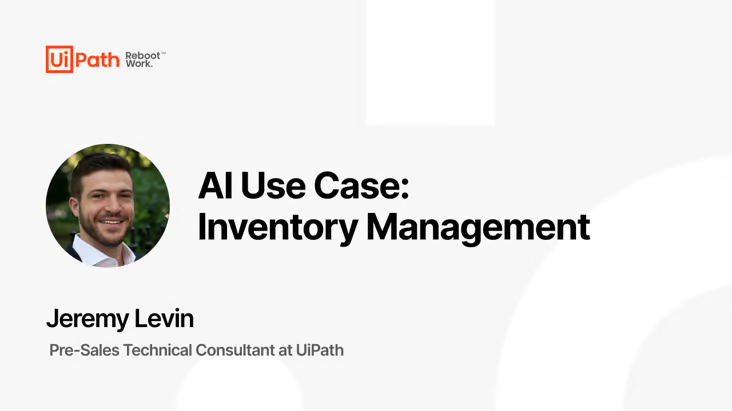We enhance the efficiency of Retail, Distribution, and eCommerce processes through automation
Talk to a ConsultantProcess Automation in the Retail, Distribution, and eCommerce sectors has become a necessity in the digital era. With the rapid evolution of online commerce and the exponential growth in data and transaction volumes, the industry faces significant challenges in efficiently managing operations.
Automation has become a vital tool for optimizing supply processes, inventory management, order processing, and delivery, allowing retailers and distributors to increase their efficiency, reduce errors, and provide a seamless and personalized shopping experience for customers.
Automation of processes through RPA offers numerous benefits for retailers, from cost savings to improving customer services. Sales/purchase invoices can be automated, as well as inventory data automation, CRM/ERP automation, and much more.

Automating sales invoices involves examining order data, entering it into relevant systems, generating a PDF invoice, and sending the invoice to the recipient's email address. Invoice processing also includes identifying discrepancies between received orders and generated invoices to avoid compliance issues.
Automation of purchase invoices uses OCR (Optical Character Recognition) and NLP (Natural Language Processing) technology to read received invoices in various formats (e.g., PDF, images, paper). RPA robots also transfer the extracted information to the organization's database, update billing information, and can generate and send a new invoice to the customer.

Watch Video
To streamline the returns and refund process, employees can initiate a workflow for returns by activating an RPA robot to perform repetitive activities involved in the return process.
Some of the activities that a robot can perform include updating relevant databases (CRM, ERP, accounting, etc.), collecting customer data for issuing refunds (such as credit card number, billing address), and sending notifications to both customers and employees in the finance department regarding the refund process.

Watch Video

Watch Video
Using RPA to automate repetitive tasks within a CRM system improves data quality by automating data updates, error checking, and data deduplication while ensuring the confidentiality of customer data and preventing unauthorized access to sensitive information.
RPA can also be used to automate sales appointment scheduling, send notifications to employees and customers, and generate scores for potential customers based on the retailer's policies.

Watch Video
Marketing teams invest a significant amount of time in sending emails and messages to existing customers to promote a retailer's products or campaigns. This process involves creating personalized emails based on each customer's purchase history and sending them to each individual customer.
These tasks can be automated with the help of robots. They can extract data about the marketing campaign, such as promotional codes, current and promotional prices, as well as the features of the new product, and generate campaign emails using predefined templates. Robots can send personalized emails or messages using the customer's name, address, and previous purchase data extracted from the sales database to announce the retailer's new campaign.

